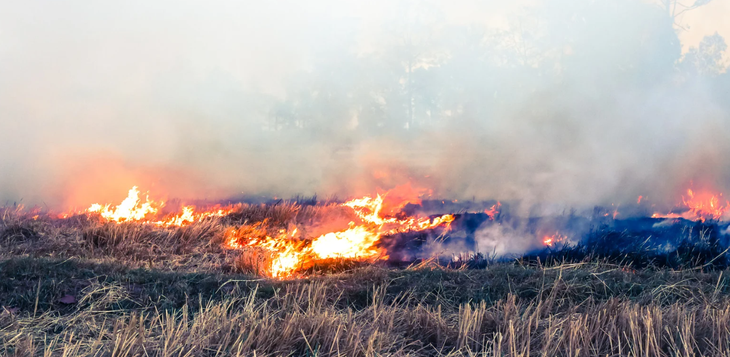
The Earth's climate system is changing so much that scientists have just officially added two new "seasons" to the global climate calendar: smog season and garbage season - Photo: AI
According to new research published by a team of scientists from the London School of Economics and Political Science, "smog seasons" and "garbage seasons" have become annual recurring phenomena, qualifying them as new climate seasons in the human era, also known as the Anthropocene.
Smog season: Stretching from Southeast Asia to New York
Every year, from June to September, a thick layer of smoke covers many areas of Southeast Asia, especially Malaysia and Indonesia. The main cause is the burning of forests and peatlands to clear land for palm oil and other agricultural crops.
Smoke from the burning has spread to Singapore, Thailand and even India, where the problem is exacerbated in winter by farmers burning stubble after harvest and during the Diwali festival.
In the US, California’s wildfire season, which used to be a summer affair, now begins in the spring and lasts until December. Smog season is also becoming a “specialty” on the East Coast of the US, as wildfires in Canada send plumes of smoke down to New York and New Jersey. In 2023, New York’s skies turned orange from wildfire smoke.
Scientists warn a "smog season" is forming in North America and could become an annual feature in the near future.
Garbage Season: When the Ocean Pushes Trash Ashore
In Bali, Indonesia, from December to March each year, ocean currents and monsoon winds carry thousands of tons of plastic waste to the southern coast. The phenomenon repeats itself so regularly that locals can predict it with accuracy each month.
The Bali government has to hire hundreds of workers and mobilize volunteers to collect trash each season. During the most recent rainy season, more than 3,000 tons of trash were collected from Bali's coastline.
A similar phenomenon is occurring in the Philippines, Thailand, and even the eastern seaboard of the United States, where ocean currents like the Gulf Stream wash trash ashore in Florida and the Carolinas during the summer.
Research says “garbage season” could become a new signature season in coastal areas as heavy rainfall washes trash from land into the sea, where it is then pushed back ashore by winds and currents.
Traditional seasons are disappearing
Not only are new seasons being added, some traditional seasons are also disappearing. In high mountain regions like the Andes and the Rocky Mountains, winter snow is disappearing, causing the ski season to decline dramatically.
In the North East of England, seabirds such as kittiwakes no longer return to nest at the right time of year, disrupting the breeding cycle that fishing communities have relied on for generations.
The early arrival of spring and the lengthening of summer have led scientists to call these “arrhythmic seasons.” In Europe, the breeding and hibernation cycles of many animals have begun weeks earlier than before.

"Smog season" and "garbage season" have become annual recurring phenomena, qualifying them as new climate seasons in the human era, also known as the Anthropocene - Photo: AI
In addition to new and disappearing seasons, another form of change is "syncopated seasons," which do not disappear but become more extreme.
Summers in Europe are a case in point. Since the 2003 heatwave that killed thousands in France, summers across Europe have become increasingly severe, harsh and dangerous.
In North America and the Pacific, wildfire and hurricane seasons are also lengthening and intensifying, complicating disaster preparedness and response.
To understand these changes, the team analyzed decades of satellite data, weather information, and local reports. They proposed new terms to describe the phenomenon: extinction seasons, arrhythmic seasons, and syncopated seasons.
According to researchers, the emergence of new seasons due to human impact is a clear demonstration of the influence of the Anthropocene era, when human activities become the dominant factor in global ecosystems and climate.
Source: https://tuoitre.vn/trai-dat-co-them-hai-mua-moi-20250804170609149.htm




![[Photo] Prime Minister Pham Minh Chinh receives the delegation of the Semiconductor Manufacturing International (SEMI)](https://vphoto.vietnam.vn/thumb/1200x675/vietnam/resource/IMAGE/2025/11/06/1762434628831_dsc-0219-jpg.webp)
![[Photo] Closing of the 14th Conference of the 13th Party Central Committee](https://vphoto.vietnam.vn/thumb/1200x675/vietnam/resource/IMAGE/2025/11/06/1762404919012_a1-bnd-5975-5183-jpg.webp)


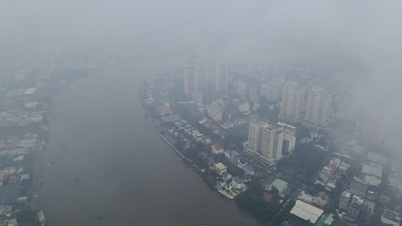
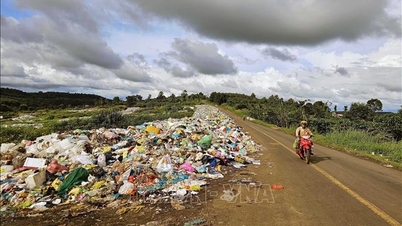



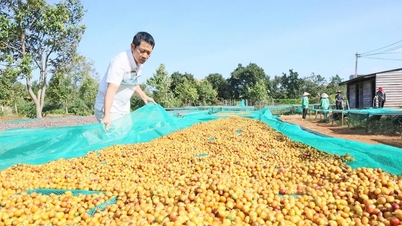
















































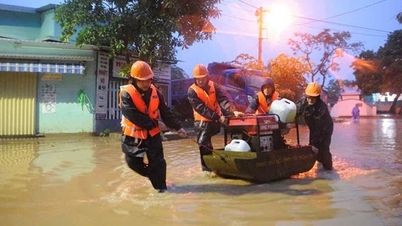




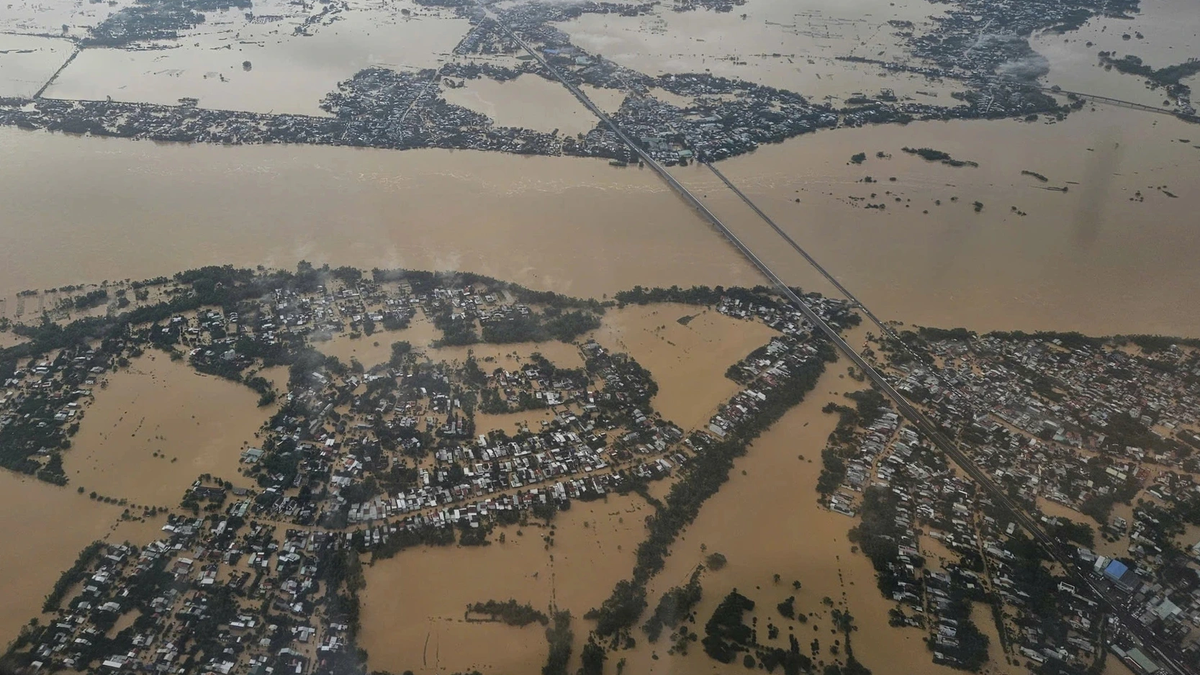


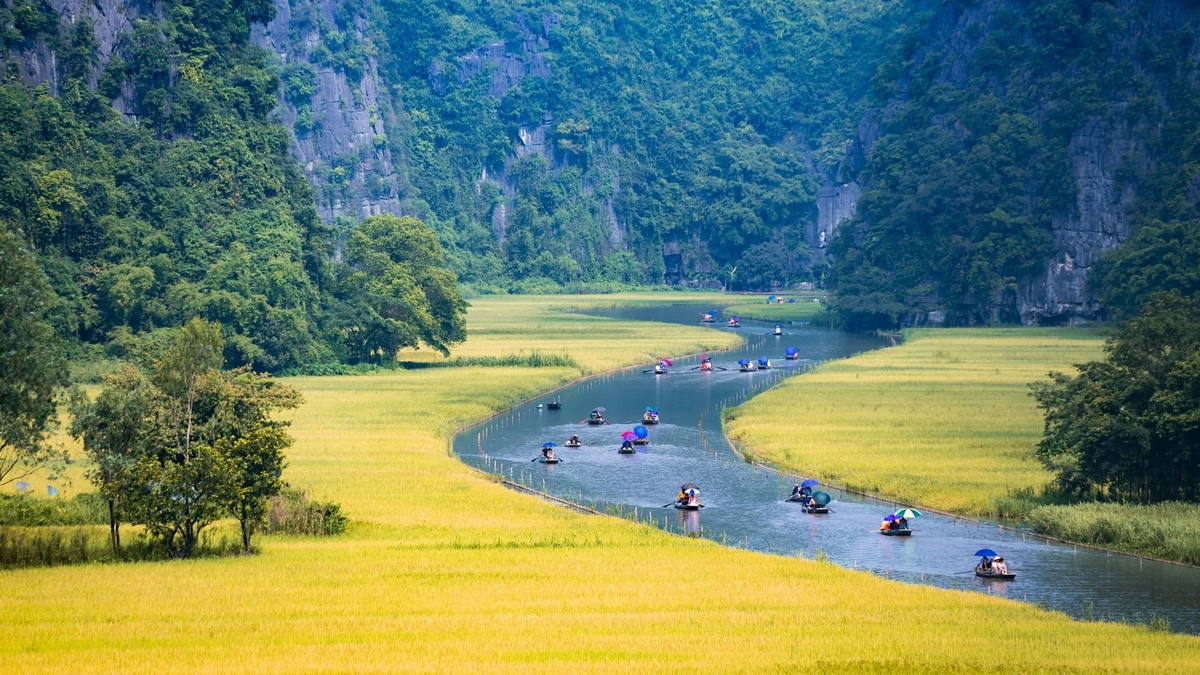

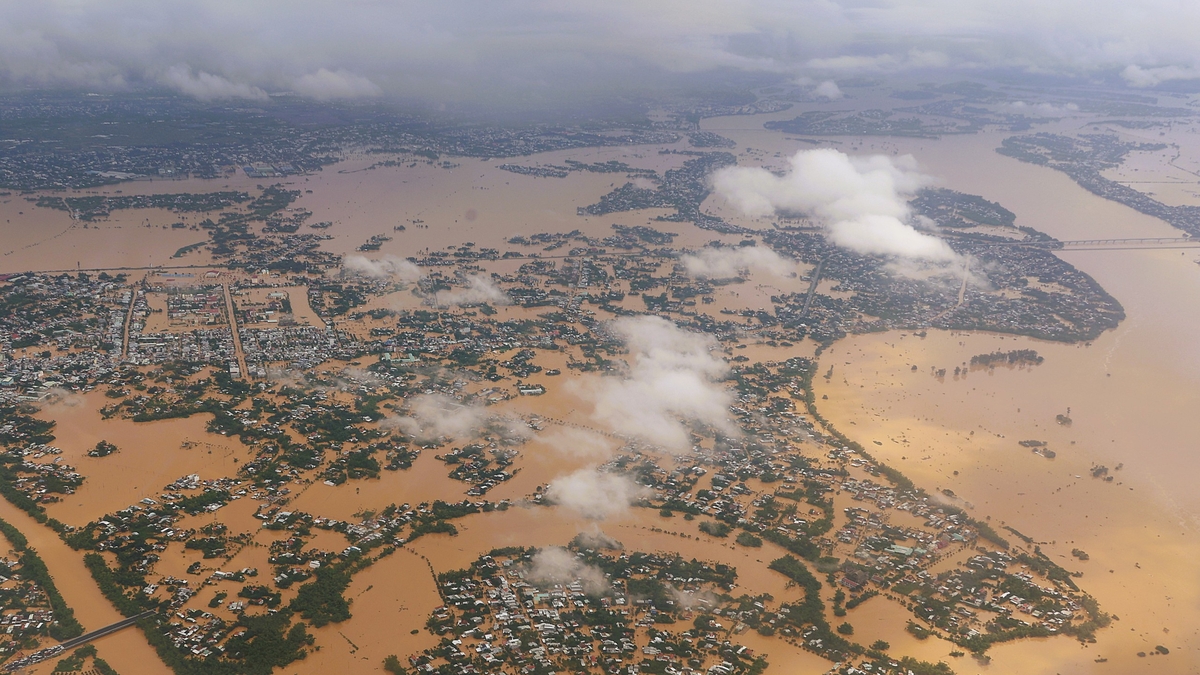
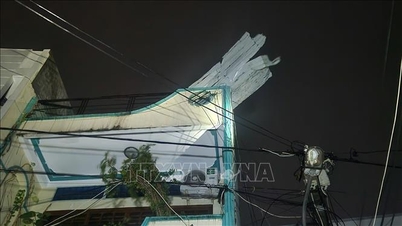
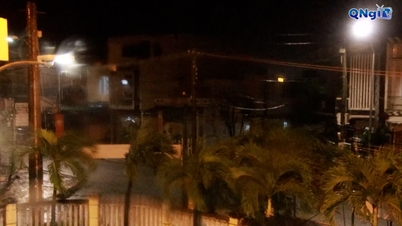



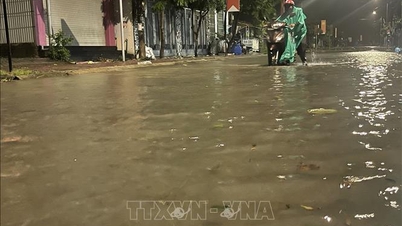

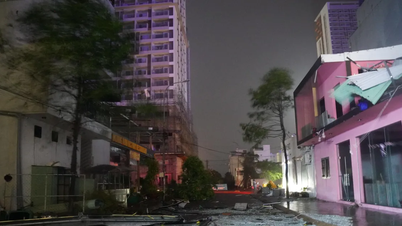



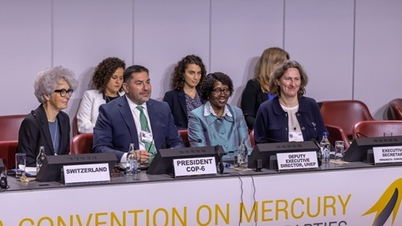





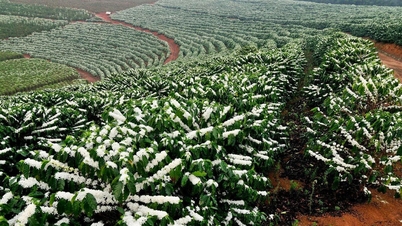

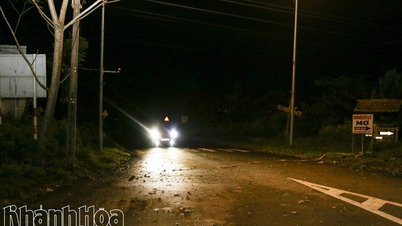

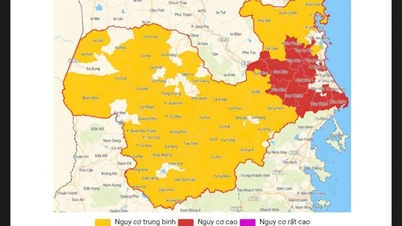

















Comment (0)